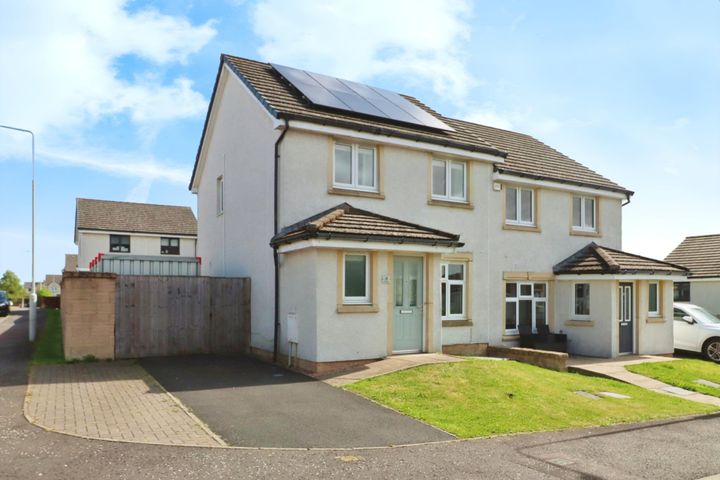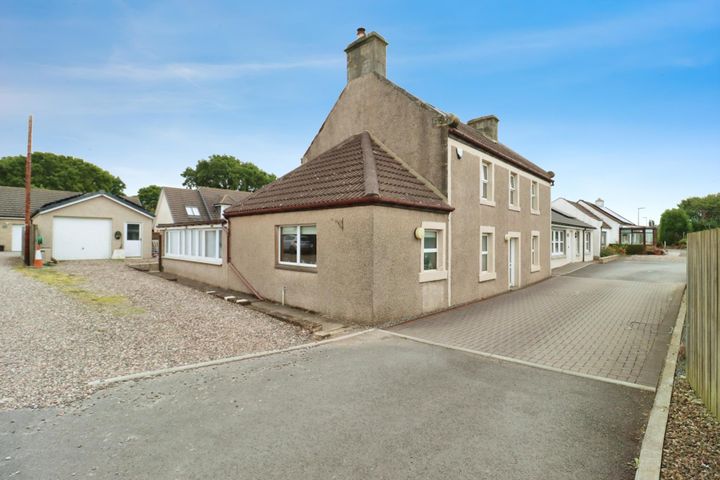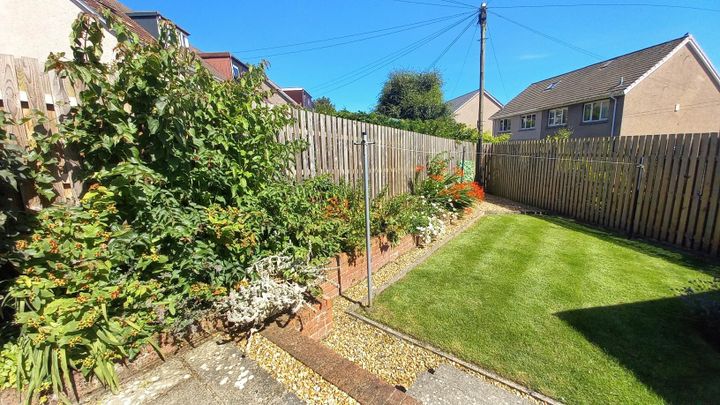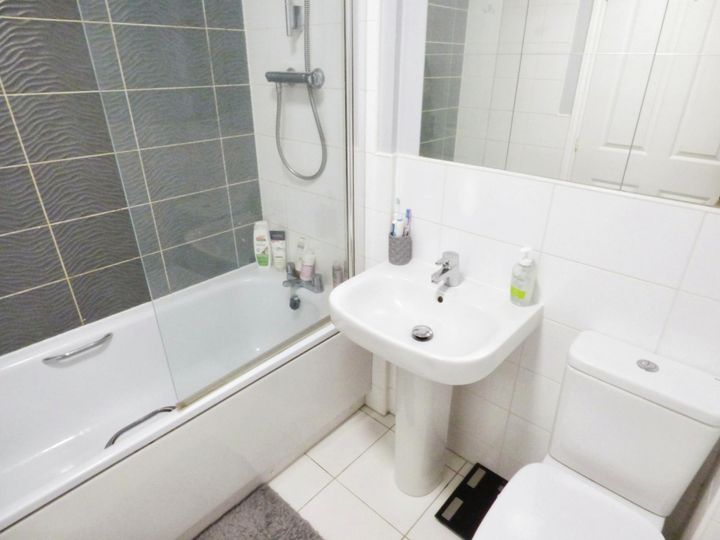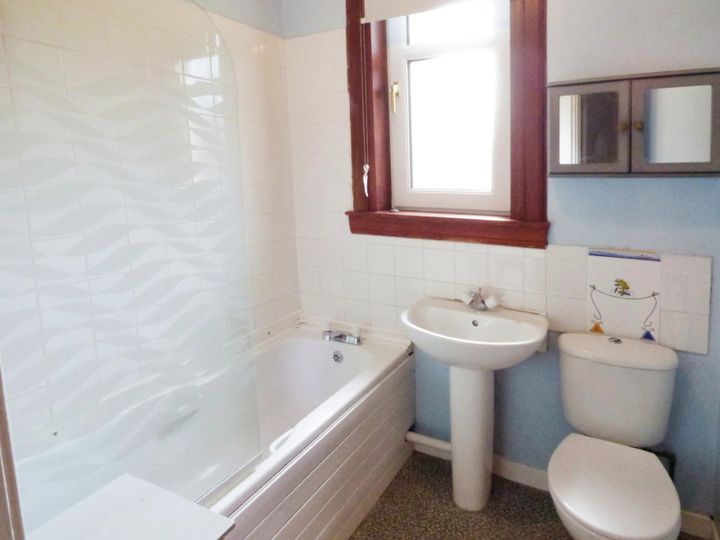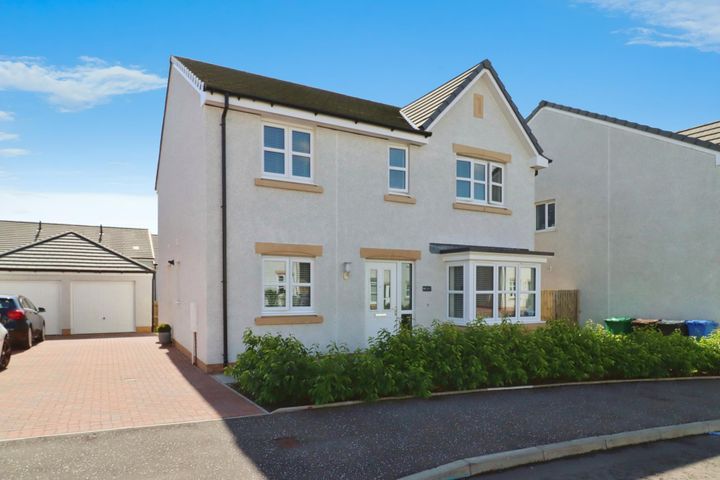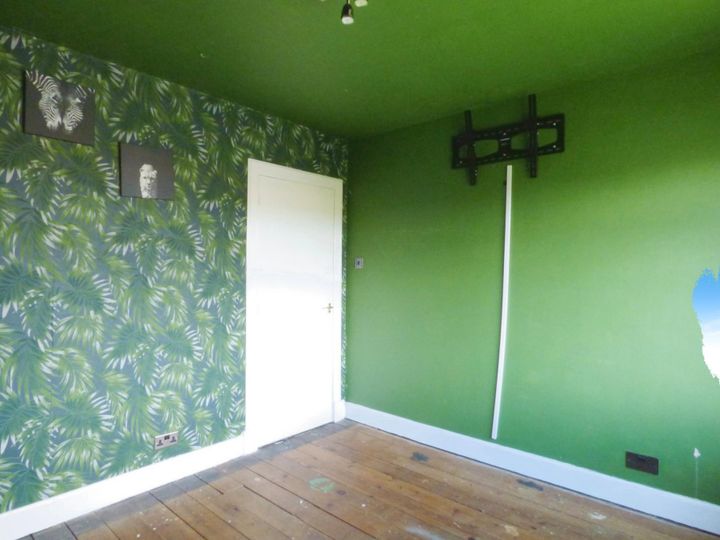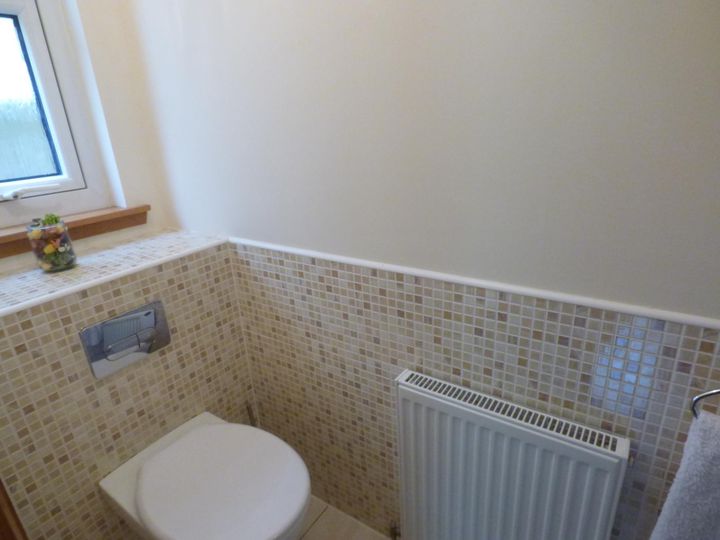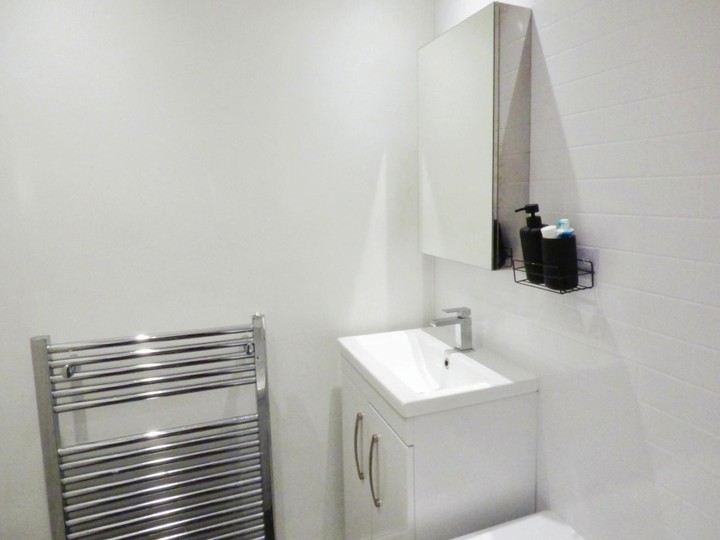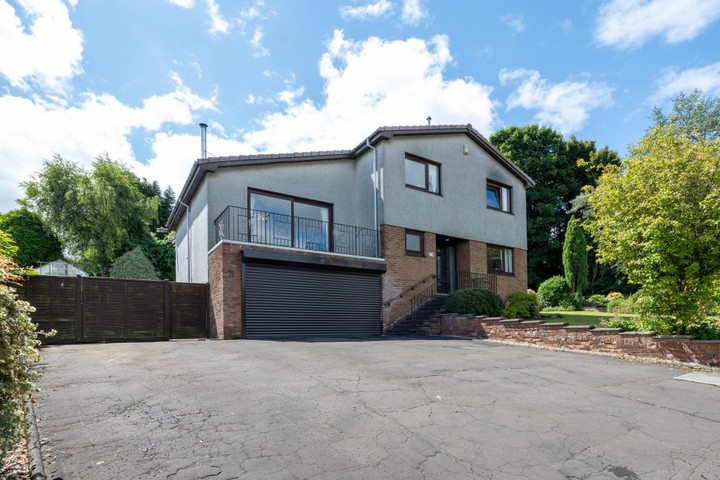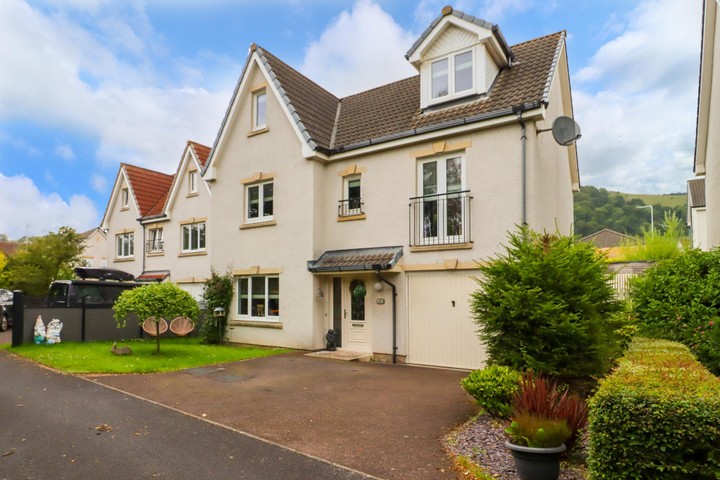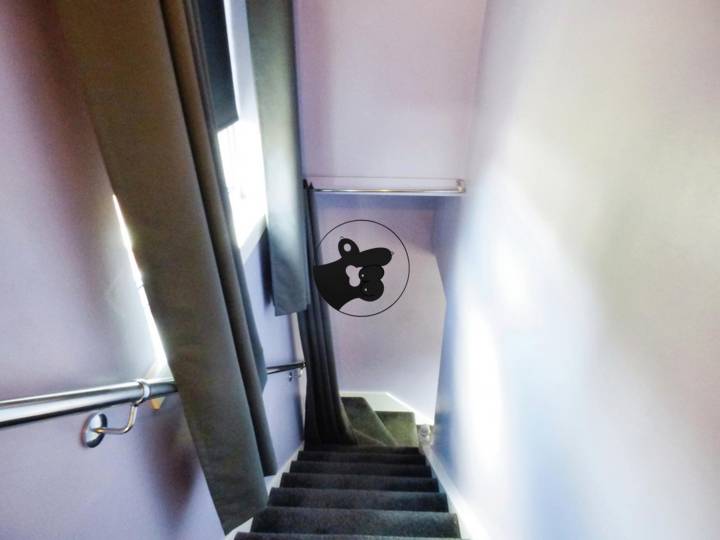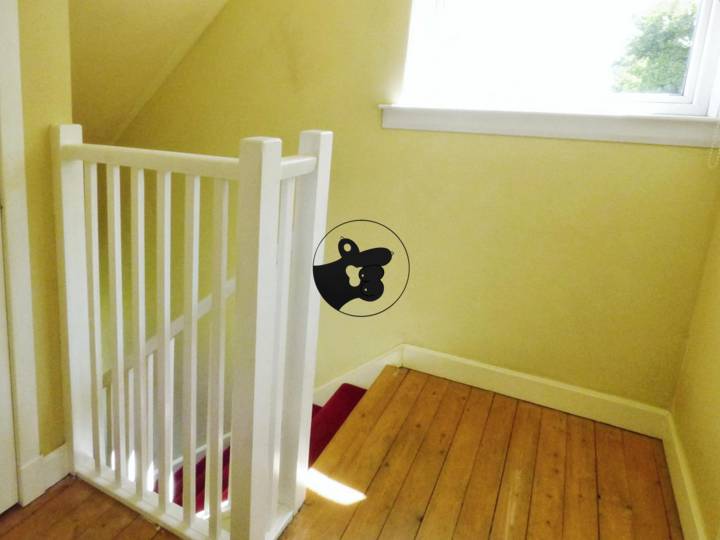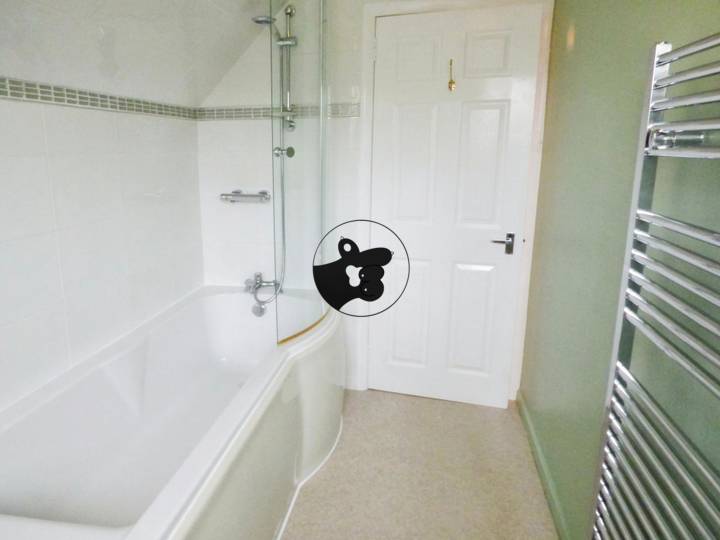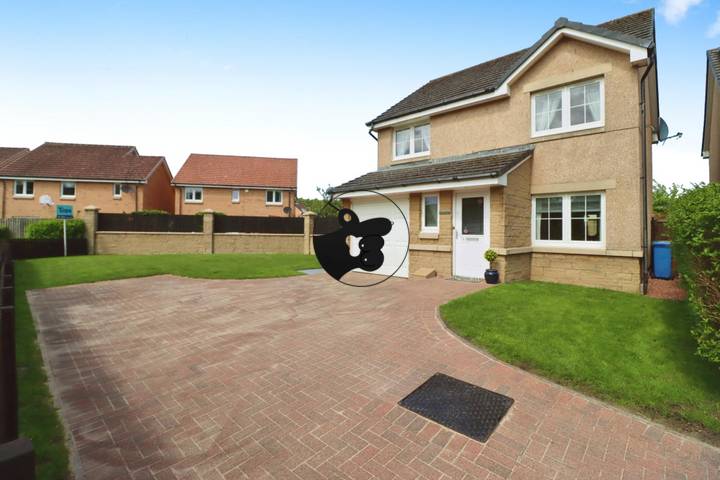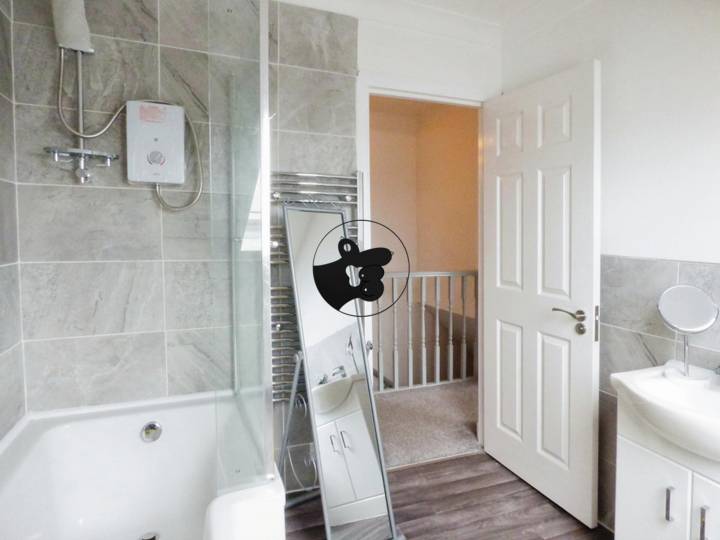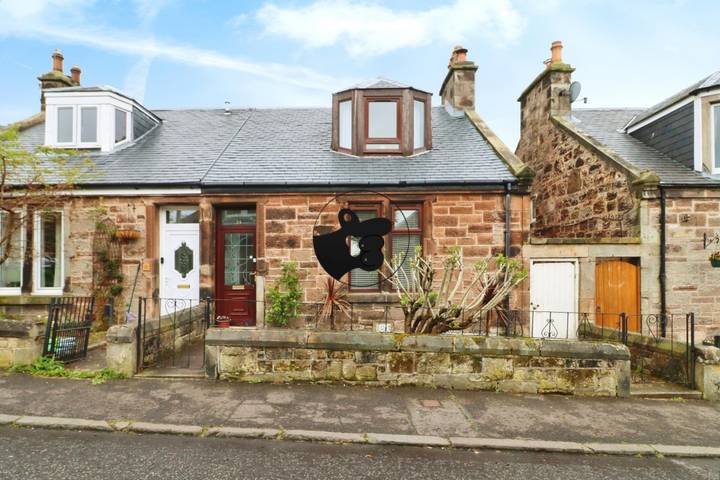The average price of homes in Fife varies significantly depending on the area, property type, and proximity to amenities. As of late 2023, the average house price in Fife stands around £200,000, but this can differ widely. For instance, in more urbanized areas like Dunfermline, prices tend to be higher, with averages reaching about £220,000, whereas more rural locations such as St Andrews may command prices upwards of £300,000 due to their appeal as tourist destinations and university town status. Additionally, smaller flats and starter homes can be found for as low as £120,000 in towns like Kirkcaldy, while larger family homes in sought-after areas can exceed £400,000. The market remains influenced by various factors, including local demand and economic trends.
Fife
Location
Price Range
Any price
Price Range
Minimum
No min
Maximum
No max
Property type
Show all
Property type
Show all
House
Apartment
Building
Other
Bedrooms
Any beds
Bedrooms
Minimum
No min
Maximum
No max
Surface Range
Any surface
Surface Range
Minimum
No min
Maximum
No max
Sale type
For sale
Sale type
Show all
To rent
For sale
Location
Apartments and houses for sale in Fife
23 results
Recent
Fife insights
| Aspect | Summary |
|---|---|
| Population | 374,000 |
| Average Property Price | £250,000 |
| Rental Yield | 5.0% |
| Average Rent | £1,250/month |
| Occupancy Rate | 95% |
| Capital Growth Rate | 3.5% |
| Property Tax | 1.2% of property value |
| Transaction Costs | 3-4% of property price |
| Expected ROI | 7% annually |
| Economic Growth Impact | Moderate growth in local economy, enhancing property values |
Fife FAQ
What is the average price of homes in Fife?
What factors influence real estate prices in Fife?
Real estate prices in Fife are influenced by various interrelated factors. The local economy plays a significant role; for instance, areas with higher employment opportunities, like Dunfermline, often see increased demand for property, driving prices up. Additionally, the proximity to transportation links, such as the Forth Road Bridge and the rail network, can enhance desirability, as seen in towns like Kirkcaldy and Inverkeithing, where easy access to Edinburgh boosts property values. Neighborhood characteristics, including school quality and local amenities, further affect prices; families often seek homes near well-rated schools, which can elevate demand in specific locations. Seasonal trends also come into play, with summer generally creating a surge in sales, influencing short-term pricing dynamics. Finally, broader market conditions, such as interest rates and government policies regarding housing, can create shifts in buyer confidence, impacting overall price trends.
Are real estate prices in Fife rising or falling?
Real estate prices in Fife have seen a notable fluctuation recently, with various factors influencing market trends. According to recent statistics, average property prices in areas like Dunfermline and Kirkcaldy rose by approximately 5% over the last year, driven by increasing demand and a shortage of available homes. In contrast, some coastal towns such as Leven and Buckhaven have experienced more modest growth, with prices stabilizing around previous years’ levels due to lower buyer interest. Additionally, the impact of external economic factors, including rising interest rates, has started to affect buyer confidence, leading to a slowdown in the pace of sales. The rental market, however, remains competitive, particularly in areas close to amenities and transport links, with rental prices climbing steadily. Local developers are also keenly observing these trends, with some projects in the planning stages aiming to meet the evolving housing demand in the region.
How do local amenities affect property prices in Fife?
Local amenities play a crucial role in influencing property prices in Fife, impacting buyer demand significantly. Areas with easy access to schools, healthcare facilities, and transport links generally see higher property values. For instance, communities like Dunfermline, which boasts a range of shops, restaurants, and recreational parks, have seen a steady increase in property prices compared to more isolated locations. Additionally, proximity to the popular Firth of Forth coastline can elevate prices in towns like North Berwick, where residents prioritize access to beaches and leisure activities. The availability of good public transport, such as rail connections to Edinburgh, also enhances desirability in areas like Kirkcaldy, further driving up property values. Consequently, the presence of quality amenities directly correlates with local real estate market dynamics in Fife.
What is the price range for rental properties in Fife?
In Fife, rental property prices can vary significantly depending on the type of property and its location. For example, a one-bedroom flat in areas like Dunfermline might range from £600 to £750 per month, while larger three-bedroom homes in popular neighborhoods like Kirkcaldy typically fall between £900 and £1,200 monthly. Coastal towns such as St Andrews tend to have higher rental prices, with two-bedroom apartments often exceeding £1,200, owing to the area's desirability and proximity to the university. In more rural locations, such as parts of the Kingdom of Fife, rents can be more affordable, with some two-bedroom cottages available for around £700 to £900. Overall, the rental market in Fife offers a mix of options that cater to different budgets and preferences.
How do seasonal trends impact real estate prices in Fife?
Seasonal trends significantly influence real estate prices in Fife, often reflecting broader market cycles and local dynamics. For instance, spring typically sees an uptick in listings as homeowners are motivated to sell during the more favorable weather months, leading to increased competition among buyers. This spike in demand can drive prices up, especially in desirable areas like St. Andrews or Dunfermline, where the appeal of local amenities and schools is particularly strong. Conversely, the winter months often result in a market slowdown, with fewer listings and a decline in buyer activity, which can lead to price stagnation or decreases. Additionally, events such as the annual Fife Agricultural Show may temporarily boost interest in rural properties, while local employment developments, like expansions in the oil and gas sector, can create seasonal demand surges in specific towns. Furthermore, holiday seasons often result in fewer transactions, further emphasizing the cyclical nature of property prices throughout the year.
How do home prices in Fife compare to nearby areas?
Home prices in Fife generally tend to be lower than in some of its nearby areas, such as Seattle and Bellevue. For instance, the median home price in Fife hovers around $500,000, whereas in Seattle it can exceed $800,000, reflecting the city's popularity and urban amenities. In contrast, neighboring communities like Tacoma offer similar pricing to Fife, with median home values around $450,000, making it a competitive market for buyers looking for more affordable options close to larger metropolitan areas. Additionally, areas like Puyallup have seen prices climbing but still remain below Fife, averaging about $475,000. The differences can be attributed to factors such as proximity to public transport, schools, and commercial developments in the larger cities, which contribute to higher demand and thus elevated prices.


